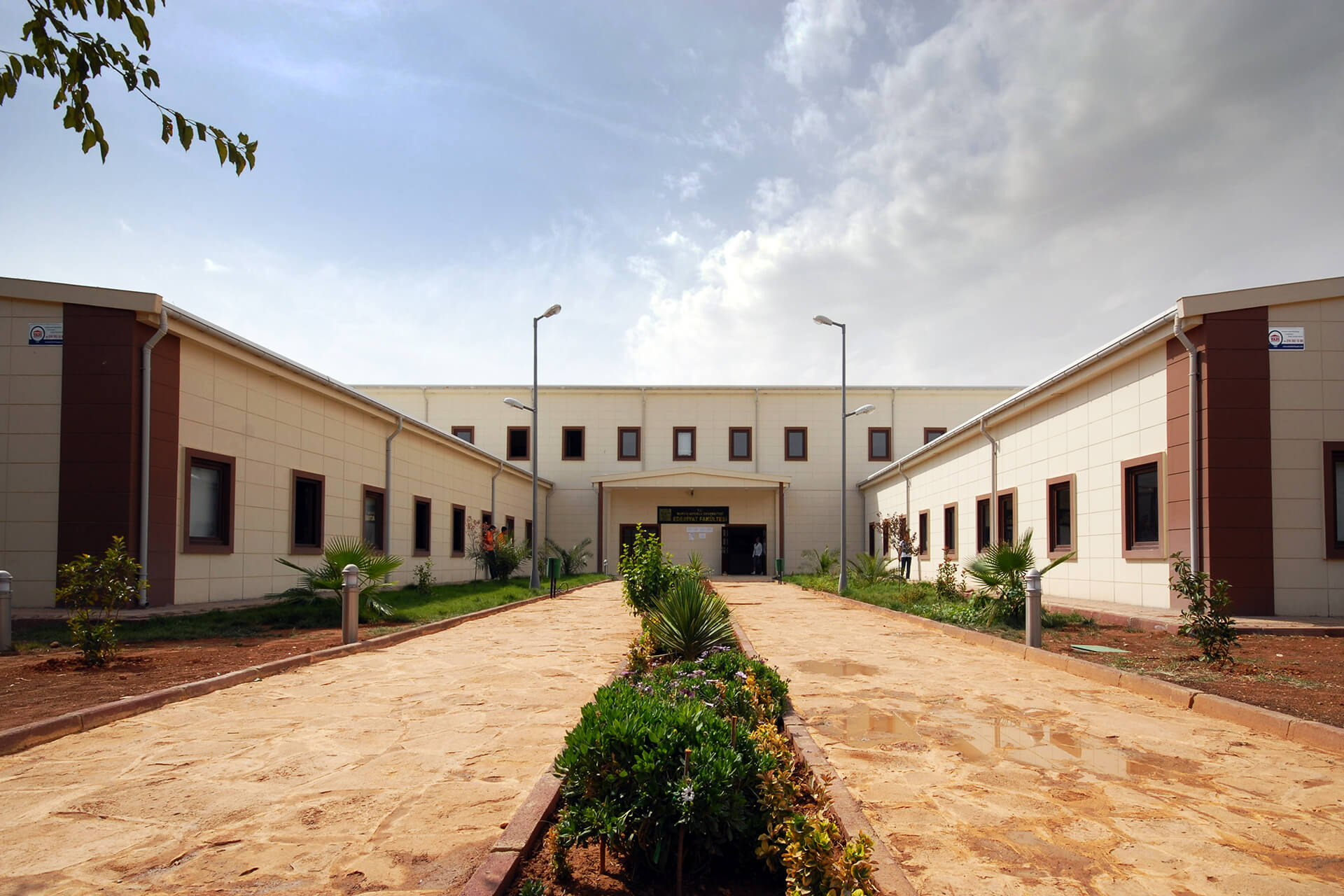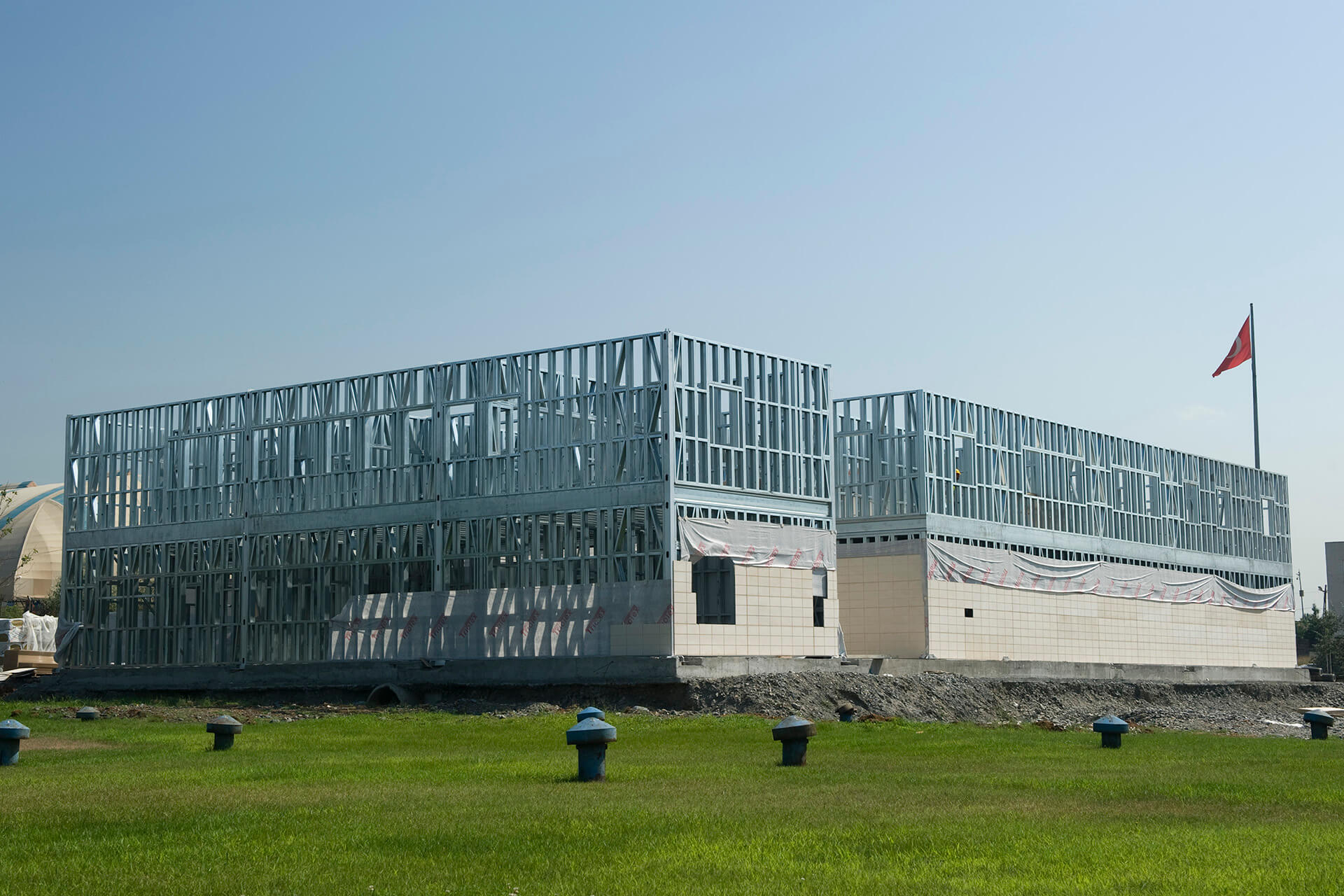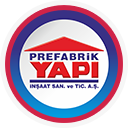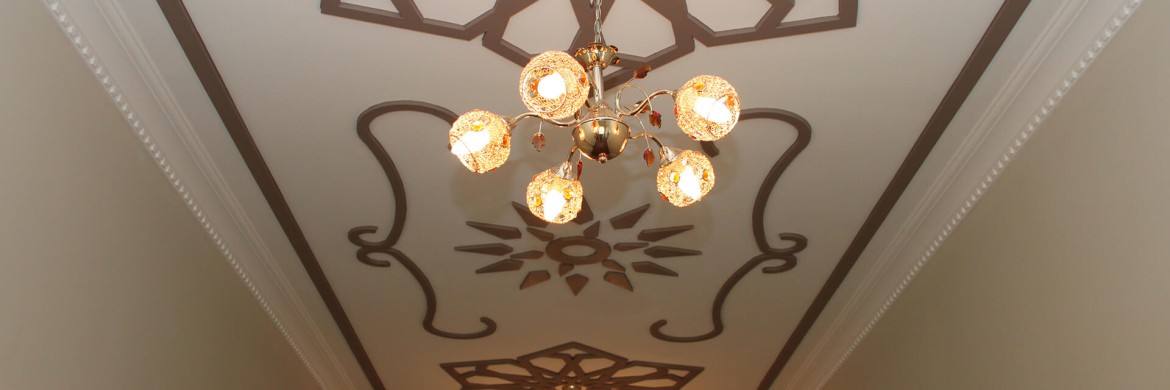What Is Fiber Cement Board? Features and Applications
Fiber cement board is a globally recognized building material composed of cement reinforced with organic or inorganic fibers, or a combination of both. This innovative construction material offers outstanding durability, resistance to climatic conditions, and versatility, making it an ideal choice for a wide range of building applications. Used extensively under brands like HEKİMBOARD, these boards are produced in large formats with a standard width of 1250 mm and lengths of either 2500 mm or 3000 mm. Custom sizes are also available, providing flexibility for various architectural designs.
What Is Fiber Cement Board?
Fiber cement board is a type of composite sheet made by combining cement with reinforcing fibers either organic, inorganic, or both. Cement acts as the primary binder, giving the board its strength, while the fibers enhance flexibility and prevent cracking. This formulation results in a high-performance material used in both internal and external applications. The boards are classified based on their intended use: interior and exterior. Each category is produced with specific additives and formulations to enhance performance depending on exposure conditions.
Exterior boards are designed to withstand direct atmospheric exposure. To minimize thermal expansion, certain additives are included in their composition. These are classified under Category A in the TS EN 12467 standard. On the other hand, interior boards, which do not face direct weather exposure, fall under Category C. These are commonly used in wall linings, sub-roof support structures, wet room underlayments (such as beneath ceramic tiles), and ceiling panels. Their widespread applicability and long-lasting nature make cement fiber board a staple in contemporary construction systems.

How Is Fiber Cement Board Manufactured?
The production of fiber cement board begins with the careful formulation of its core ingredients: cement, water, silica (or sand), and reinforcing fibers, which may be organic, inorganic, or a combination of both. These materials are blended into a slurry and formed into sheets using specialized machinery, typically through the Hatschek process. This method allows the fiber-reinforced cement to be layered into thin sheets, which are then compressed to achieve uniform thickness and consistency.
After shaping, the boards are subjected to a high-pressure steam curing process known as autoclaving. This stage is crucial as it enhances the mechanical strength of the boards and ensures dimensional stability over time. Once cured, the boards are trimmed to their final sizes commonly 1250 mm in width and either 2500 mm or 3000 mm in length—and can be customized to intermediate sizes if needed. Depending on their intended use, additional surface treatments may be applied, such as texturing, priming, or painting. The final product is a durable, low-maintenance material ideal for modern construction.
Fiber Cement Board Features
Fiber cement board offers a suite of technical and aesthetic features that make it highly valuable in architectural design and construction. One of its most notable characteristics is its dimensional stability. Exterior-grade boards, classified as Category A under the TS EN 12467 standard, are engineered to resist thermal expansion and contraction. This makes them highly reliable for façades and other outdoor applications, where materials are frequently exposed to fluctuating temperatures and weather conditions.
On the other hand, interior boards, or Category C types, are optimized for indoor use, particularly where moisture resistance is essential. They are frequently installed as backing boards in wet areas like bathrooms and kitchens, under roofing materials for support, or as ceiling panels. Across both categories, the boards are non-combustible, resistant to biological agents like mold and pests, and offer excellent acoustic insulation. With various textures and finishes available, fiber cement board cladding also satisfies aesthetic demands while upholding performance in demanding environments.

What Materials Are Used in Fiber Cement Boards?
Fiber cement board is composed of a carefully balanced mix of materials that provide both structural integrity and environmental resilience. The primary component is Portland cement, which serves as the binder, offering compressive strength and long-term durability. To enhance flexibility and resistance to cracking, reinforcing fibers—either organic (like cellulose) or inorganic (such as synthetic fibers or glass)—are added. These fibers are critical in maintaining the integrity of the board, especially in high-stress or high-moisture environments.
Other materials typically include finely ground silica or sand to increase density and fire resistance, and water, which acts as a mixing agent. In some formulations, additional additives may be included to improve specific properties such as workability, thermal stability, and resistance to alkali or efflorescence. For exterior applications, chemical additives are also used to reduce thermal expansion, ensuring the board remains dimensionally stable over time. This complex material matrix enables cement fiber board to outperform traditional construction panels in both interior and exterior settings.

What Are the Benefits of Using Fiber Cement Board?
The widespread use of fiber cement board in modern architecture is not a coincidence—it’s a direct result of its outstanding combination of performance, durability, and design versatility. Whether applied in residential housing or high-performance commercial buildings, this material offers a set of unmatched benefits that address both structural integrity and long-term functionality.
One of the most compelling advantages of fiber cement board cladding is its adaptability to harsh environmental conditions. Unlike traditional wood or gypsum boards, it does not warp, swell, or decay when exposed to moisture or humidity. Its engineered formulation ensures excellent dimensional stability, even in extreme climates. This makes it ideal for exterior applications such as façades and siding, as well as interior installations in kitchens, bathrooms, or basements where dampness is a concern.

Where Can Fiber Cement Boards Be Used?
Thanks to their strength, resistance to climatic conditions, and aesthetic adaptability, fiber cement boards are suitable for a wide range of applications in both residential and commercial buildings. These boards are classified based on exposure to atmospheric conditions: exterior-grade boards (Category A) are used where direct contact with outdoor elements is expected, while interior-grade boards (Category C) are intended for indoor environments where such exposure is minimal.
Their versatility allows them to be employed in facades, siding, under-roof systems, ceiling installations, wall linings, and even as subflooring in damp areas. They can be easily cut and installed with standard tools, making them practical for custom designs and non-standard architectural forms. From modern urban developments to traditional housing, fiber cement board cladding adapts to nearly any project’s technical and visual requirements.
Exterior Cladding and Facades
One of the most common uses for exterior wall fiber cement board is in cladding and facade systems. These boards are ideal for applications where aesthetic appeal must be balanced with performance and durability. Available in textured, smooth, and patterned finishes, they can replicate the look of wood, stone, or concrete while offering superior resistance to moisture, UV rays, and temperature changes.
Because they are formulated to reduce thermal expansion, these boards maintain their shape and structural integrity in both cold and hot climates. They provide a ventilated facade option that prevents condensation buildup and improves thermal efficiency. These qualities make them especially useful in sustainable construction and in meeting green building standards without compromising design flexibility.
Interior Wall Partitions
Fiber cement board also plays a crucial role in interior construction, particularly in environments that demand high durability and resistance to humidity. As Category C boards are not directly exposed to outdoor weather conditions, they are well-suited for interior wall partitioning in areas such as hospitals, schools, offices, and industrial buildings. Their non-toxic composition and fire-resistant nature also enhance indoor safety and hygiene.
Beyond structural performance, their smooth and consistent surfaces allow for easy painting or tiling, making them ideal substrates in both decorative and functional wall systems. Because of their ability to resist warping and swelling, they outperform traditional gypsum boards in high-use or high-moisture environments.
Flooring and Ceilings in Humid Environments
In bathrooms, kitchens, basements, and utility rooms where moisture exposure is constant, fiber cement board offers an ideal underlayment for tile flooring and ceiling systems. Its water resistance prevents swelling, delamination, and mold formation, which are common issues with other board materials in wet conditions.
As ceiling panels, they provide a rigid, smooth surface that resists sagging and supports fixtures like lighting or ventilation grilles. Additionally, their sound insulation capabilities make them suitable for use in hotels, public spaces, or multi-unit buildings where noise control is essential. Whether installed as backing boards beneath ceramics or used in suspended ceiling systems, cement fiber board ensures long-lasting and safe interior finishes.
How to Install Fiber Cement Boards?
Proper installation of fiber cement board is crucial to maximizing its performance and lifespan. These boards can be installed using common concrete working tools, though it is recommended to use carbide-tipped saw blades for cleaner cuts. Before installation, it’s essential to ensure that the supporting structure is level and firm, whether it’s a metal profile or wooden frame. Boards should be acclimatized at the installation site for at least 24 hours to adjust to local temperature and humidity.
When using fiber cement board cladding for exterior walls, a gap should be left between the board edges and structural components to accommodate minimal expansion. Boards should be fastened with corrosion-resistant screws or nails, and sealing tapes or gaskets are recommended for joints to prevent moisture intrusion. For interior applications, particularly in wet zones, waterproofing membranes or primer coatings can be applied to the surface before finishing. In both cases, applying joint fillers, surface primers, and compatible paints ensures a professional, long-lasting finish.
How to Maintain and Clean Fiber Cement Boards?
One of the standout advantages of fiber cement board is its minimal maintenance requirements. Unlike wood or gypsum panels, it doesn’t rot, swell, or require frequent repainting. However, basic care will extend its aesthetic and structural longevity. Regular cleaning with a soft brush or sponge and mild detergent is typically sufficient to remove dirt, mold, or air pollutants. High-pressure washers should be avoided, especially on textured or painted surfaces, as they can damage the coating or surface finish.
In case of surface damage, such as chipping or scratching, repairs are simple. Minor imperfections can be filled with suitable patching compounds, sanded smooth, and repainted. For painted or coated surfaces, periodic inspections and touch-ups help maintain a fresh look. Interior applications usually require even less attention, as they are protected from harsh weather. Overall, the low upkeep required makes cement fiber board a cost-effective and practical choice over the long term.
Is Fiber Cement Board a Sustainable Building Material?
As the construction industry increasingly embraces environmentally responsible practices, fiber cement board has emerged as a sustainable option that meets both performance and ecological criteria. Its primary raw materials—cement, silica, and cellulose fibers—are abundant and often locally sourced. Additionally, some manufacturers incorporate recycled materials into production, reducing the overall environmental impact.
From a lifecycle perspective, fiber cement board contributes to sustainable building in several ways. Its long service life reduces the need for replacement, and its non-toxic composition ensures indoor air quality. The product’s resistance to weather, pests, and fire minimizes resource consumption over time, supporting durability-focused green building certifications such as LEED. When used as exterior wall fiber cement board, it also enhances energy efficiency by enabling ventilated façade systems that improve thermal performance. Taken together, these attributes make fiber cement board a forward-thinking choice for eco-conscious construction projects.

